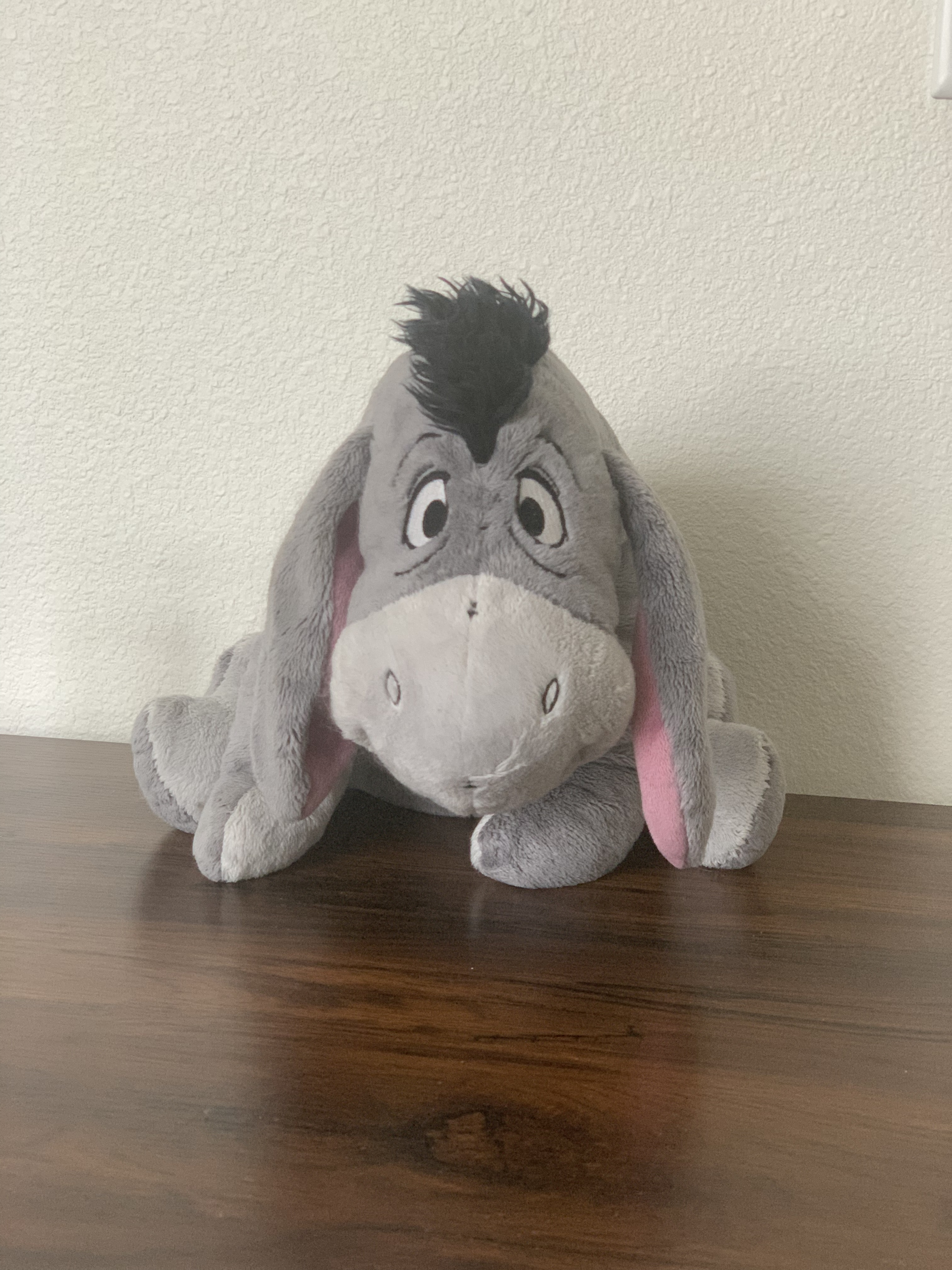March 12, 2025
Written by: Isabelle Jones | Lifestyle Editor
Content warning: this article discusses violence against women
Women have always played a vital role in shaping the world. Despite often being overlooked in historical narratives, women’s contributions have been foundational in politics, culture, science and society. March marks the annual celebration of Women’s History Month and the continuation of defying limitations, overcoming adversity and transforming communities. As we remember the trailblazers who came before, the fight for equality continues.
In the first wave of feminism, women fought for the 19th Amendment — ensuring the right to vote — alongside the right to education, the right to own property and the right to be legally recognized as independent people instead of property. Although the first wave is mainly remembered for its fight to vote, this period in time encapsulated challenging societal norms and breaking free from rigid domestic spheres. It took time for women’s voices to finally be heard in meaningful ways, but it was crucial for gender equality. Some notable first wave activist women included Susan B. Anthony, Emmeline Pankhurst, Sojourner Truth, Margaret Sanger, Jeannette Rankin, Maria Stewart, Dr. Mabel Ping-Hua Lee and Frances E.W. Harper.
During the second wave of feminism, Title VII — which prohibits discrimination on the basis of sex in employment — and Title IX — which prohibits sex-based discrimination in education — were passed in the ‘60s and ‘70s. The National Organization of Women was created in 1966, aiming to make women’s participation possible in all aspects of American life and to gain all the rights enjoyed by men. During this time, women couldn’t open credit cards in their own names — separate from their husbands — until 1974. Many of the modern day stereotypes of feminists — anti-family, bra burners, butch, lesbians and man-haters — come from the second wave. There were other protests and conversations regarding race, equal pay, abortion, birth control and other reproductive rights. Some influential women from the second wave included Betty Friedan, Gloria Steinem, Kate Millett and Jane Fonda.
The third wave of feminism focused on inclusion — which was what the previous waves struggled with — and recognizing that oppression can take many forms and will affect different people in different ways. During the ‘90s, society saw the rise of both “girly feminism,” or “lipstick feminism,” and “grrrl power.” This type focused on the belief that women can be feminists and still embrace their femininity. Grrrl power is also known as feminist punk bands that began in the PNW. This radical movement combined feminism, punk, music and politics, with the goal of challenging patriarchal standards. This wave focused on empowering women by acknowledging that, when one is free to choose their own path, their choice is a valid expression of one’s values and desires as a woman. Some important women during this time include Anita Hill, the Guerrilla Girls, Bikini Kill, Madonna, Queen Latifah, the American Girl dolls and Mary J. Blige.
We are considered to be in the fourth wave of feminism. A consistent concern throughout the waves is access to reproductive healthcare. Some of the most notable events in the fourth wave include the 2004 March for Women’s Lives, the #MeToo movement — a way for young women of color to share their stories, specifically to promote the idea of “empowerment through empathy,” TIME’S UP organization — the take back the workplace protest — and “enough is enough,” where women insist upon a world where work is safe, fair and dignified for all kinds of people. The biggest protest happened Jan. 19, 2017: the Women’s March on Washington. This was the largest single day protest in U.S. history, with an estimated 3.3-5 million protesters nationwide. This march included many other issues — racial equity, immigration reform, reproductive rights, the environment and LGBTQ rights. Influential women and advocates are Madeleine Albright, Tarana Burke, Alyssa Milano, Kamala Harris and Alexandria Ocasio-Cortez.
The fight for women’s rights and respect continues. A huge issue in society is widespread gender-based violence. According to the National Domestic Violence Hotline, 24 people per minute are victims of rape, physical violence or stalking, one in three women have experienced rape, physical violence and/or stalking and one in six college women have been sexually abused in a relationship.
There are other frightening statistics, but work is being done through education and legislation. The Violence Against Women Act provides housing protections for those who’ve experienced domestic violence, sexual assault or stalking to keep them safe and reduce the likelihood of experiencing homelessness.
There are many other problems, including a persistent gender pay gap, a lack of representation of women in leadership positions, limitations on reproductive rights, societal pressures around gender roles and equal access to education and healthcare — particularly in marginalized communities.
Here are some suggestions on how to participate in celebrating Women’s History Month:
Learn about notable women in history —
Read books — “The Radium Girls,” “I Am Malala,” “Feminism Is for Everybody,” “A Black Women’s History of the United States,” “Hidden Figures,” “She Persisted,” “The Joy Luck Club”
Movies — “Respect,” “Girlfriends,” “9 to 5,” “Thelma and Louise,” “A League of Their Own,” “Erin Brockovich,” “Brave,” “Promising Young Woman,” “The Eyes of Tammy Faye,” “The Color Purple,” “Frida,” “Mona Lisa Smile”
Support women-owned business — Donate to organizations that empower women and help support women in business.
Volunteer for women’s causes — Women’s shelters or organizations that focus on the empowerment of women and donate to women’s health organizations.
Celebrate women in your life — Personal celebrations can be as meaningful as public ones, like writing a letter or sending a card to women who’ve made a positive impact on one’s life, like family, friends, mentors or colleagues. Host a celebration or gathering with women who inspire you, such as lunch or coffee. Express appreciation for women in the workplace or community who are often behind the scenes.
Celebrating the intersectionality of women — Supporting intersectional feminist organizations that advocate for causes such as the rights of women of color, LGBTQ+ women and disabled women; reading works by women from diverse backgrounds to better understand the unique challenges they face; listening to voices from marginalized communities and making sure that their stories are part of the conversation during Women’s History Month are all great steps.
At times it can be exhausting just being a woman. America Ferrera said it best, “It is literally impossible to be a woman. … We have to always be extraordinary, but somehow we’re always doing it wrong.” There are so many contradictory expectations for being a woman, which results in feeling overwhelmed and burnt out. In a world full of men, women just want to exist without being leered at, talked down to, cat-called, objectified, harassed, assaulted, raped, murdered.
Celebrating Women’s History Month is about more than just acknowledging the past — it’s about inspiring the present and future. As we continue to break down societal barriers, the stories of women serve as a powerful reminder of strength, resilience and the ongoing pursuit of equality. By reflecting on the progress made and acknowledging the work that’s yet to come, we can ensure that Women’s History Month has a lasting impact beyond just one month of recognition. Any student needing extra support or resources should check out the Abby’s House, Center for Equity & Gender Justice; The Student Health and Counseling Center and the Office of Diversity, Equity and Inclusion.
Contact the author at howllifestyle@wou.edu





